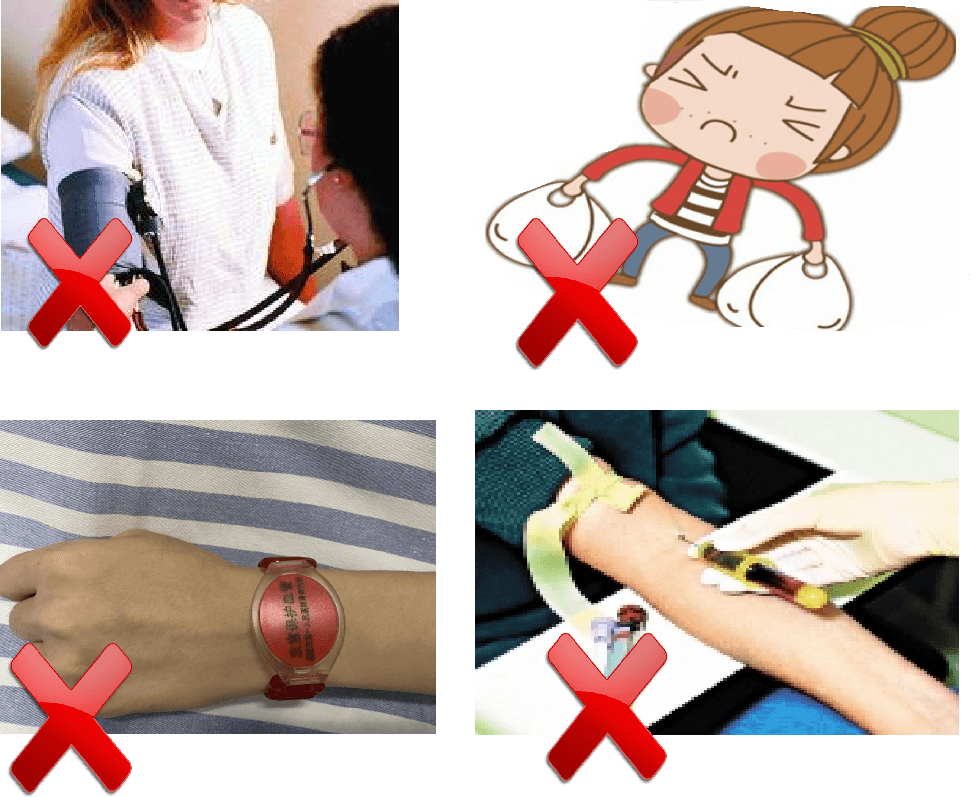

Hemodialysis is a commonly heard treatment method for patients with end-stage renal disease. However, in daily life, some kidney patients are not fully aware of the precautions and dietary essentials related to hemodialysis.
Simply put, hemodialysis involves using a dialysis machine to draw the patient's blood out of the body, purify it through a filtration device to remove certain harmful substances and excess fluid, and then return the blood to the body. This is one of the most common renal replacement therapies, aimed at alleviating symptoms of uremia, prolonging life, and improving quality of life.

1. Regular Dialysis: Since the kidneys of hemodialysis patients have almost no detoxification function, hemodialysis is essential to reduce uremic toxins in the body to a reasonable level. Dialysis is typically performed three times a week, for four hours each session, and maintaining a good vascular access is crucial.
2. Blood Pressure Control: High blood pressure significantly impacts the heart and blood vessels, potentially leading to complications such as cerebral hemorrhage. It is important to take prescribed medications on time and measure blood pressure daily. Doctors can adjust medications or dialysis plans based on blood pressure readings.
3. Managing Anemia: Anemia is a common symptom in dialysis patients, manifesting as pale skin, nails, and lips, difficulty breathing, fatigue, dizziness, poor sleep, and palpitations. Treatments may include recombinant human erythropoietin, iron supplements, folic acid, and vitamins.
4. Regular Check-ups and Dialysis Quality Assessment: Monthly blood tests and electrolyte checks; renal function, iron metabolism, and parathyroid hormone tests every three months; pre-transfusion routine tests every six months. Regular chest X-rays, ultrasounds, and electrocardiograms are also essential.
5. Protecting the Arteriovenous Fistula: ① Keep the skin clean. If redness, swelling, heat, pain, or discharge occurs at the fistula puncture site or along the blood vessel, seek medical attention promptly. ② During dialysis, avoid excessive bending of the punctured arm to prevent needle displacement and subcutaneous bleeding. ③ After needle removal, ideal hemostasis is achieved by applying pressure with the index and middle fingers for 20 minutes, ensuring the skin surface stops bleeding while still feeling the vessel's vibration. Avoid excessive tightness or prolonged pressure to prevent vascular access occlusion. ④ Avoid strenuous exercises or heavy lifting with the punctured arm on the day of dialysis to prevent re-bleeding. If bleeding occurs, remain calm and continue applying pressure until it stops. ⑤ Monitor blood pressure when taking antihypertensive medications, ensuring it does not drop too low. Regularly observe the fistula's pulsation and vibration. ⑥ Perform appropriate vascular exercises on non-dialysis days and massage the vessel area. ⑦ Avoid measuring blood pressure, intravenous punctures, or lifting heavy objects with the fistula arm. Wear loose clothing and avoid using the fistula arm as a pillow during sleep to prevent compression and fistula blockage.
